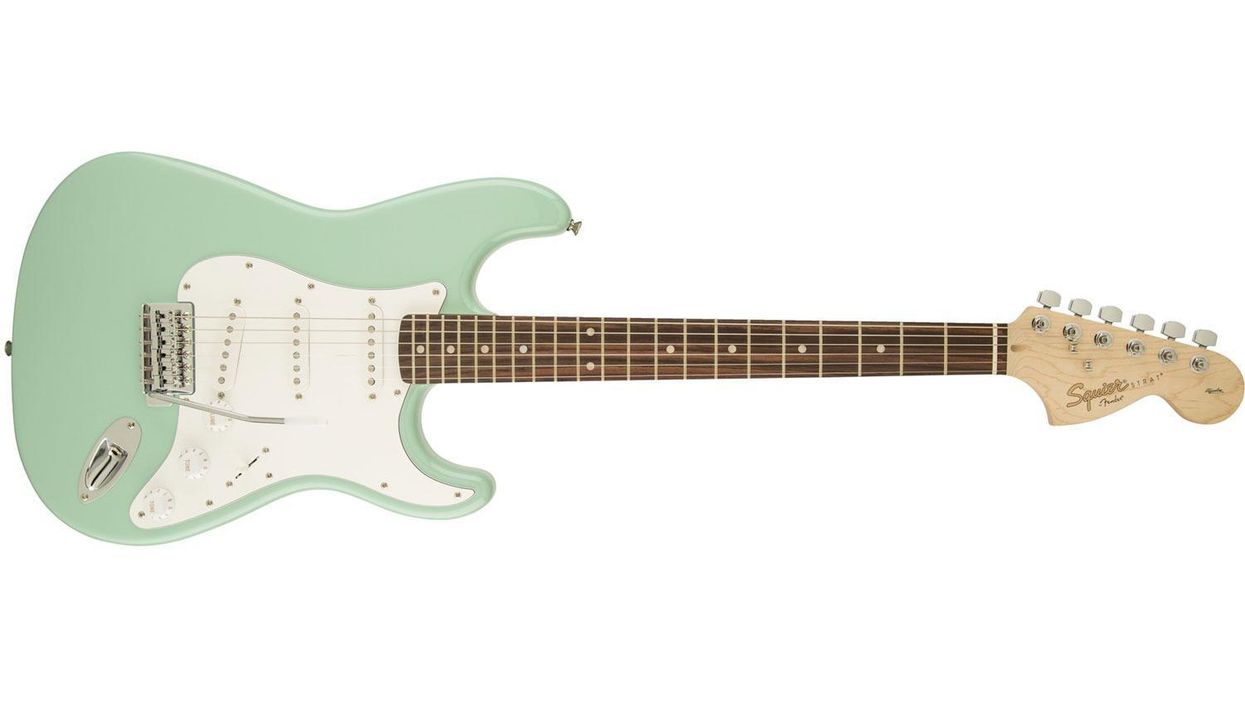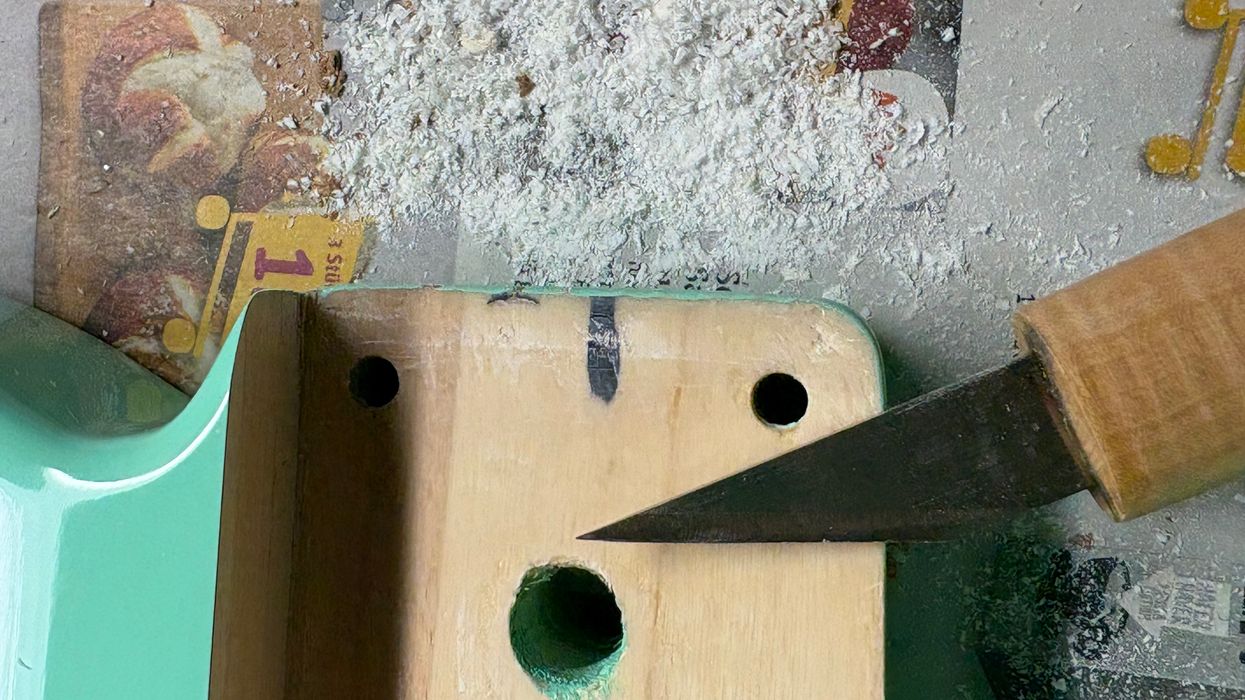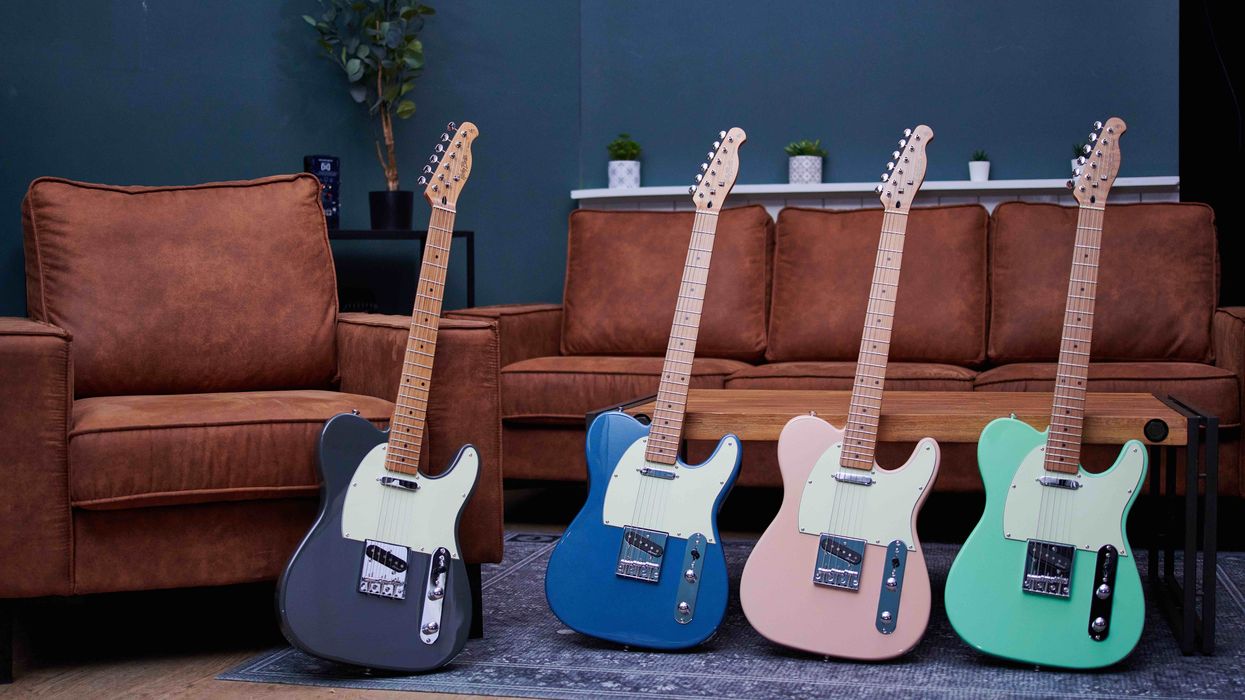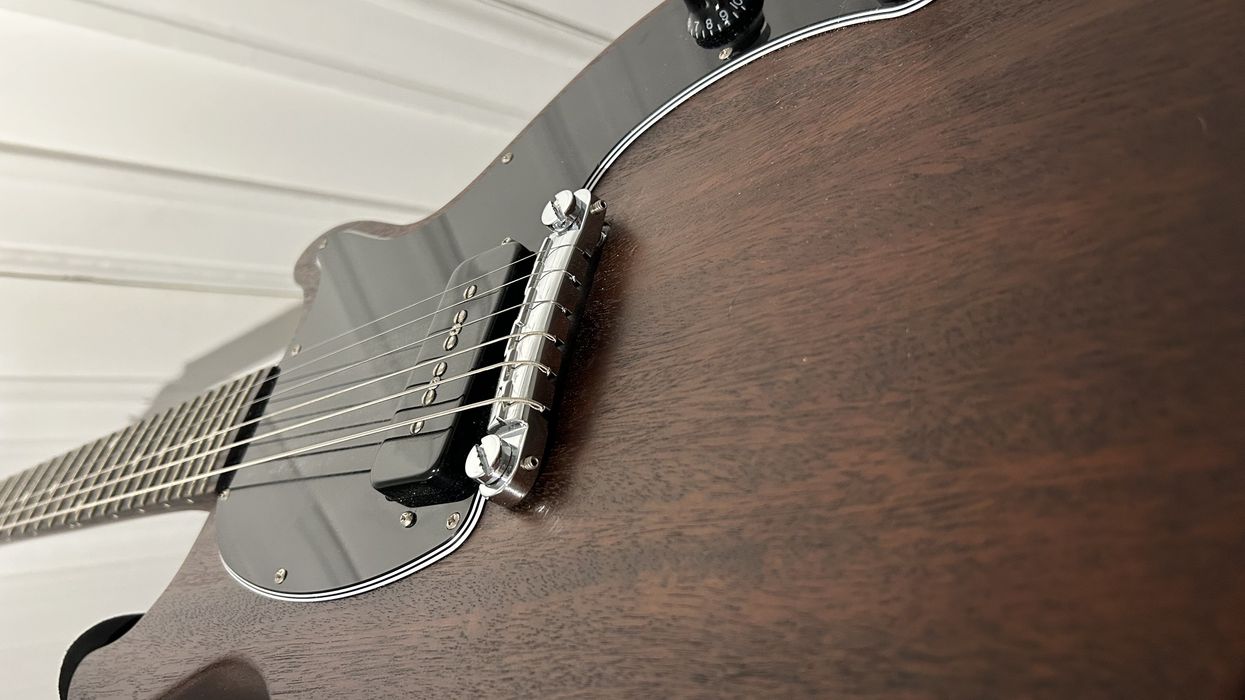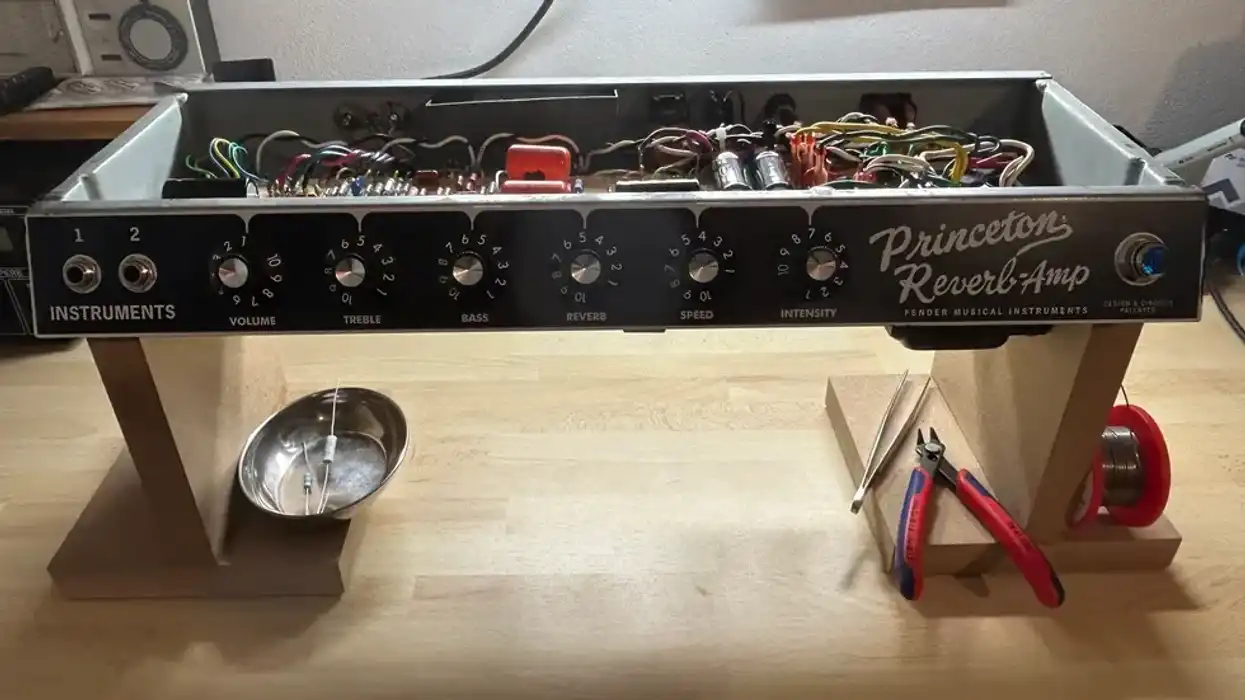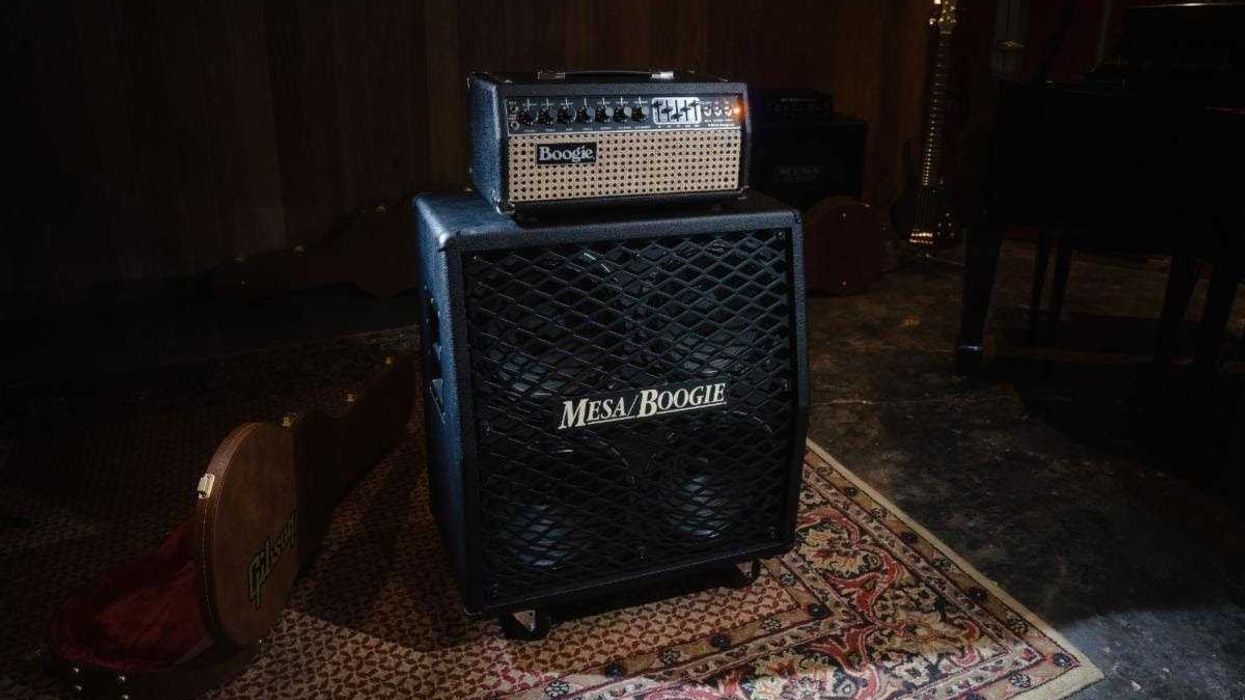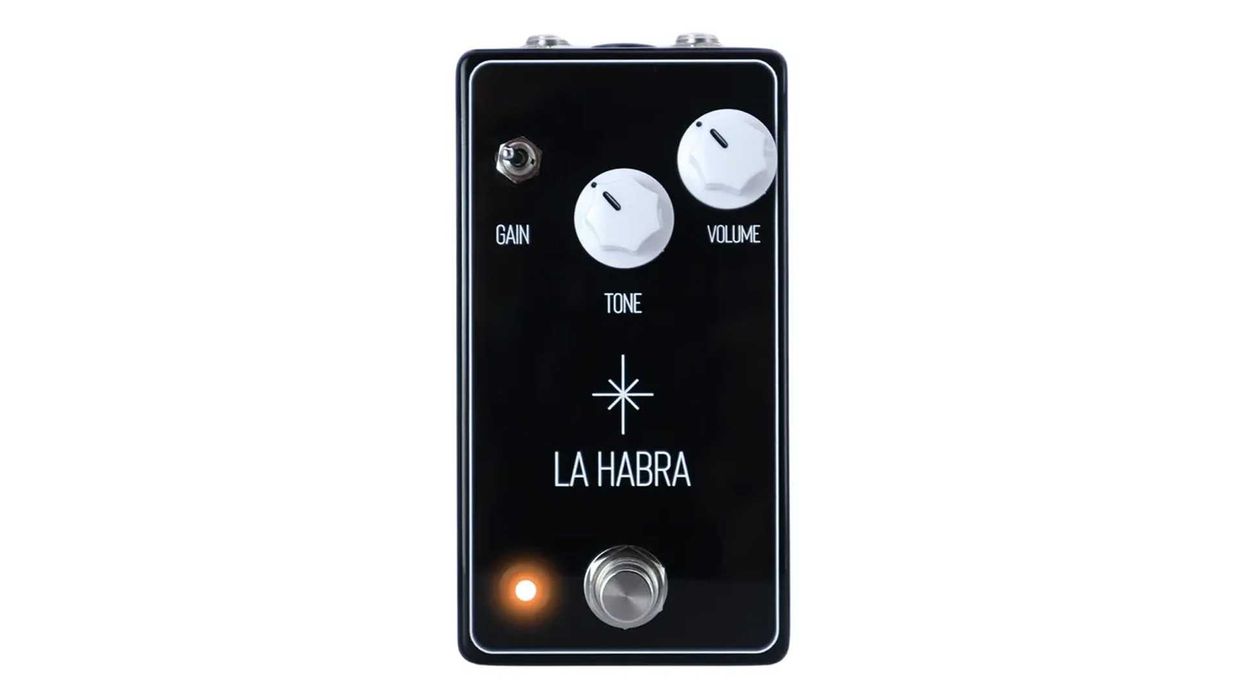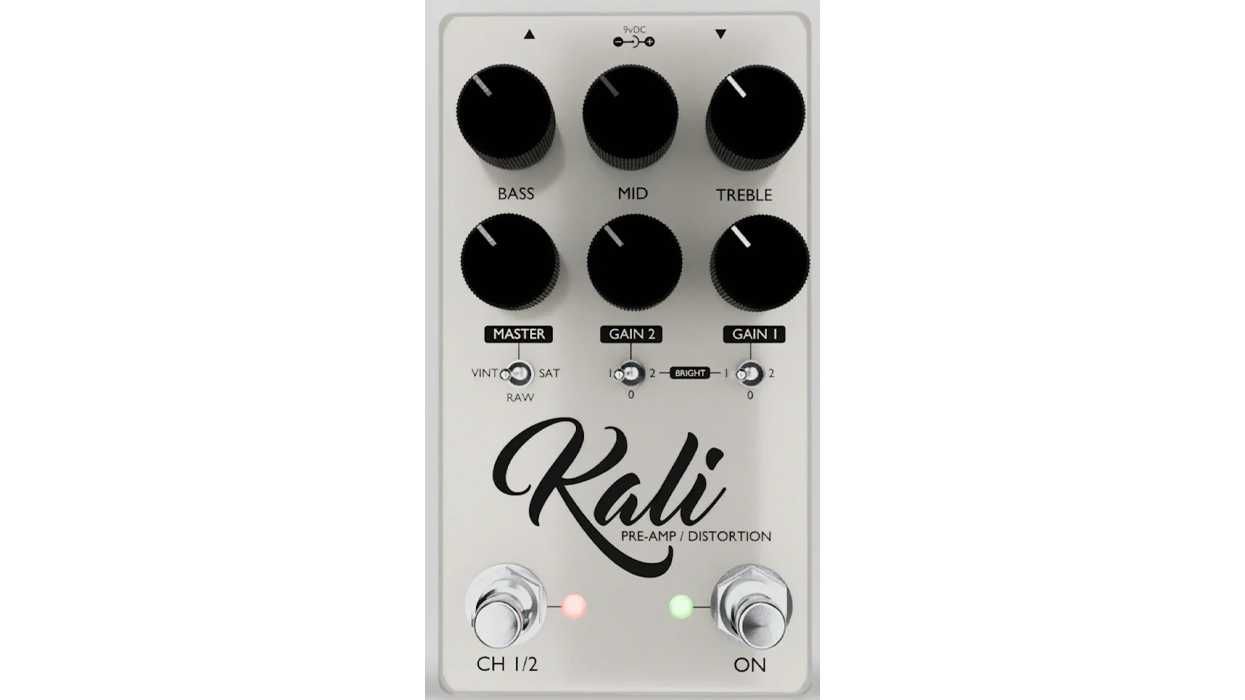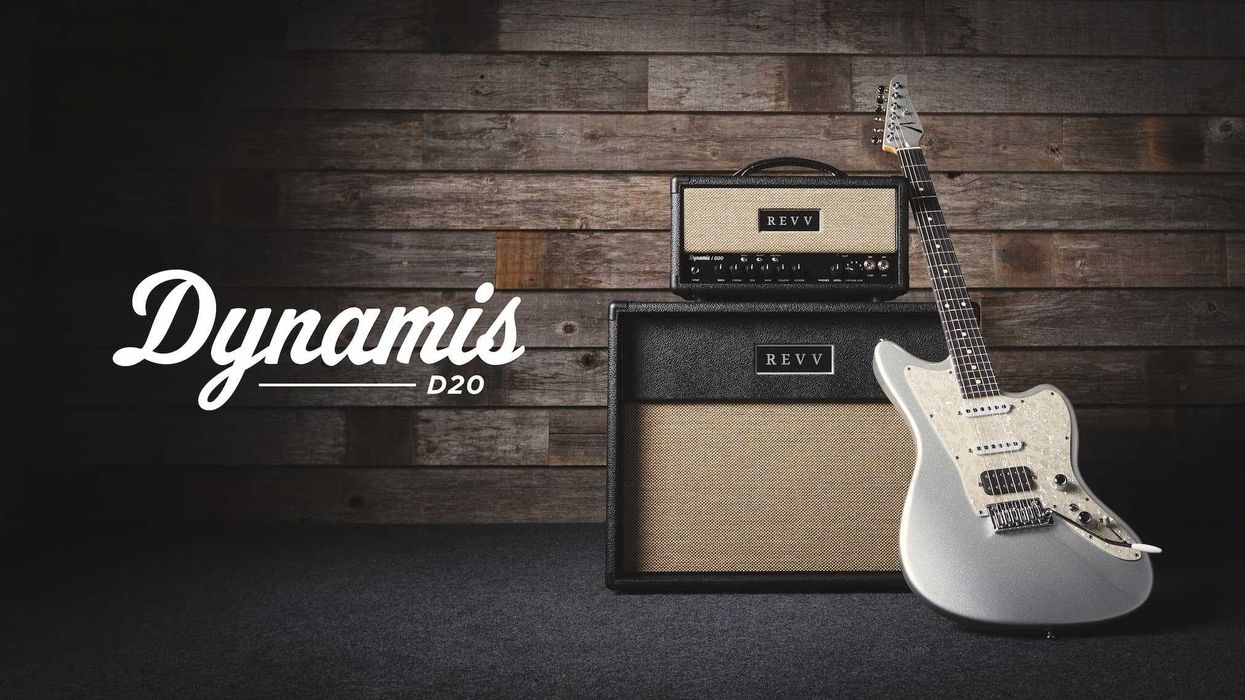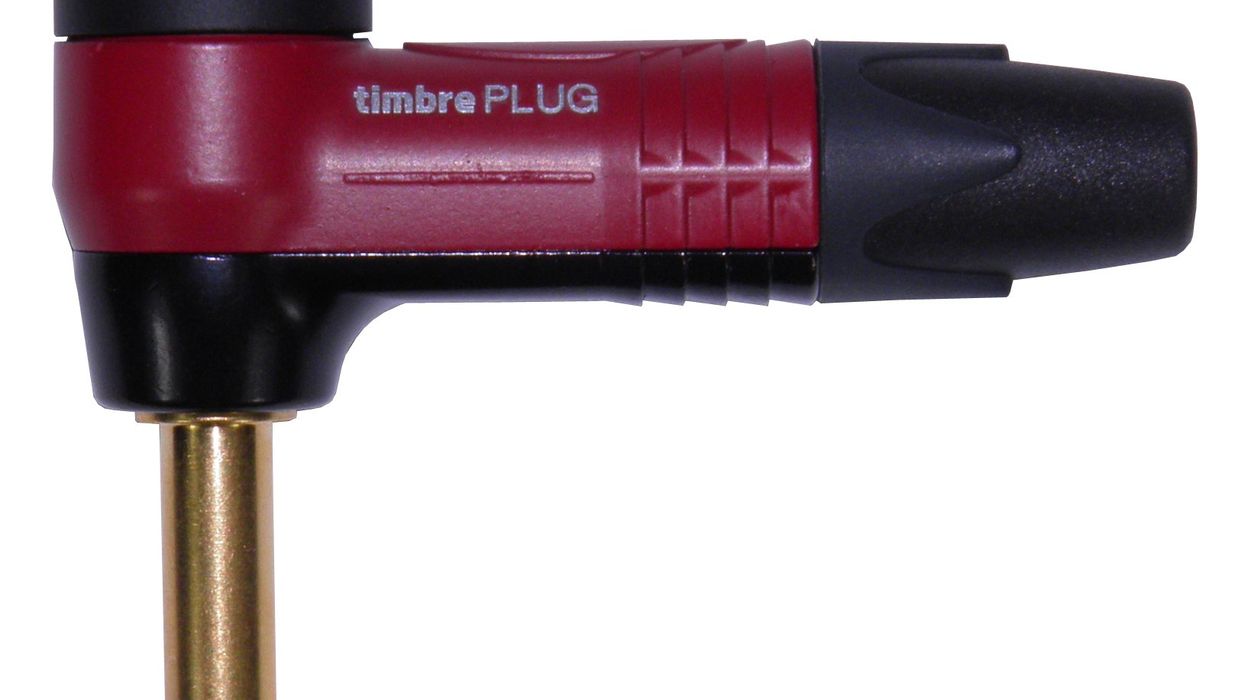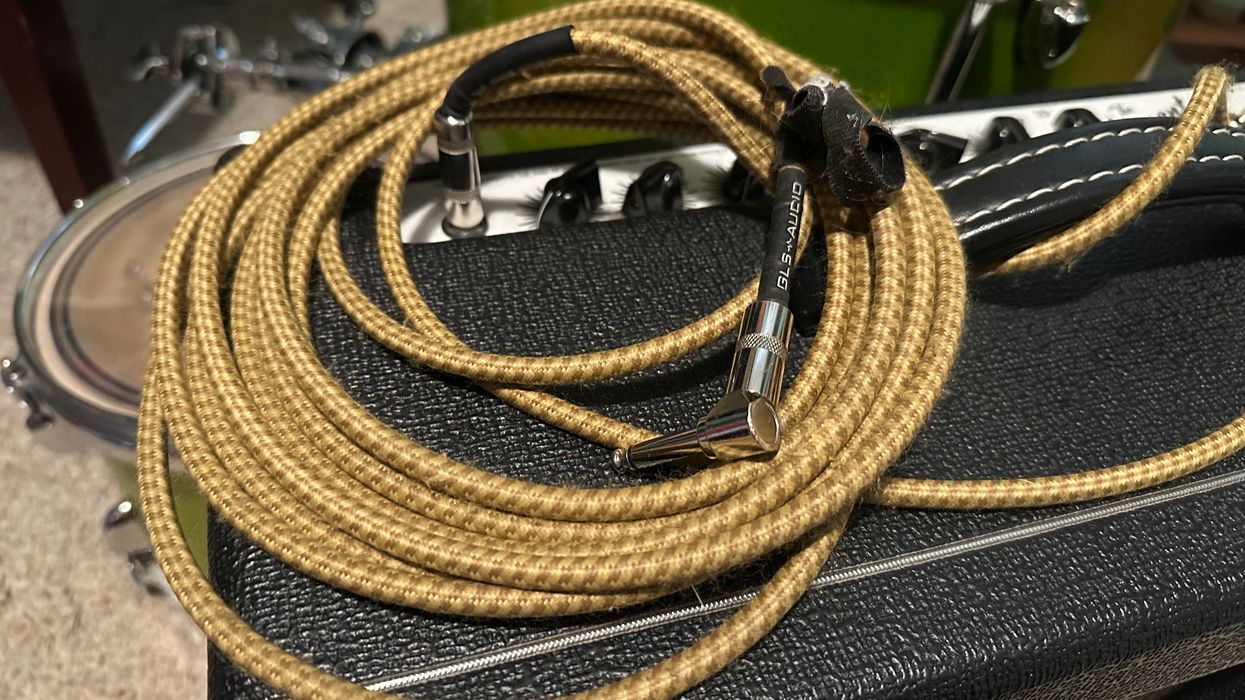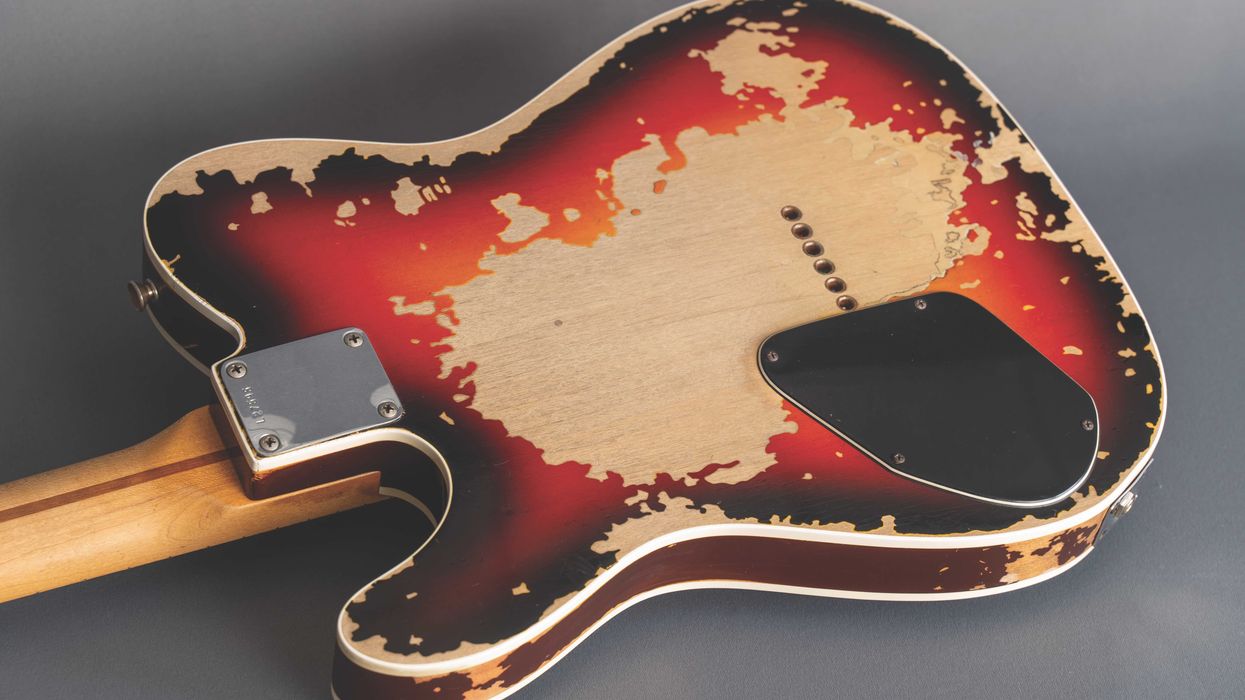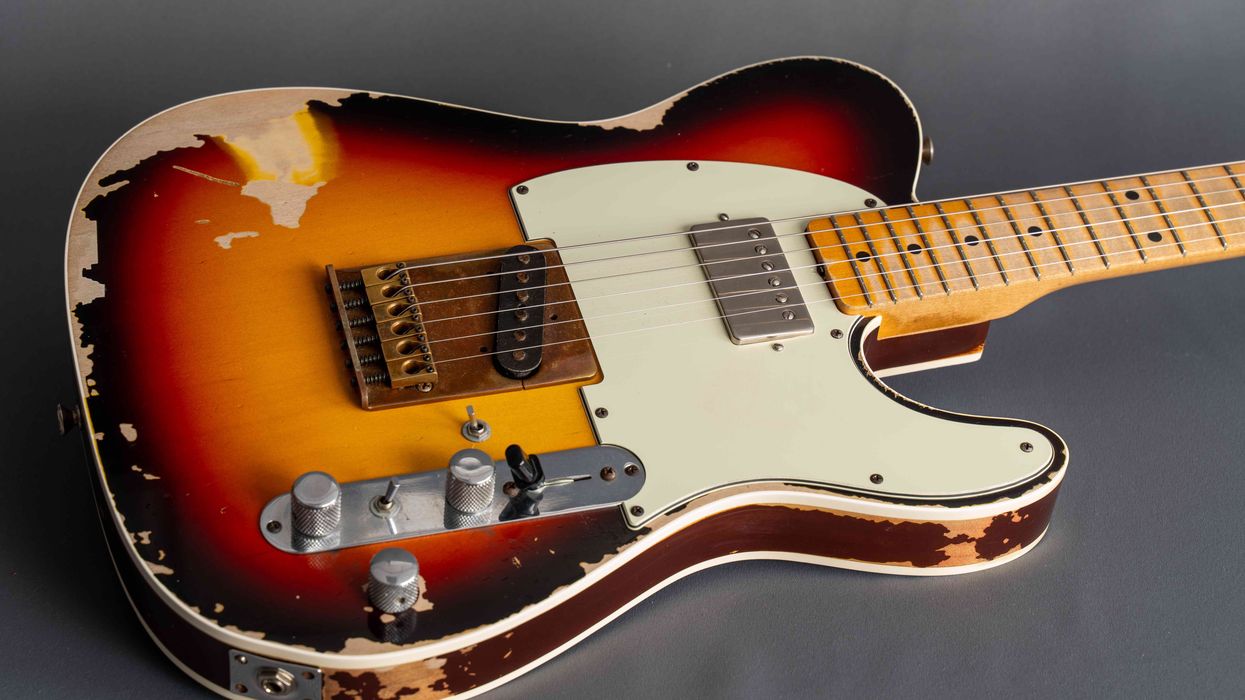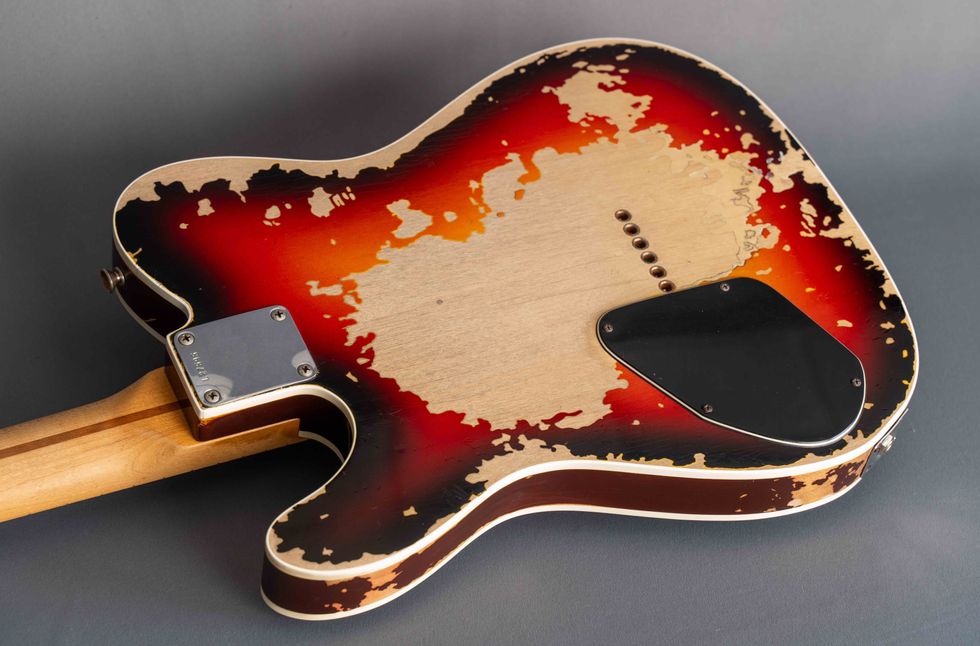One of my all-time favorite Stratocaster mods is also the cheapest and most effective mod you'll ever perform: adjusting the height of your pickups. All you need is a screwdriver, a small ruler, and your ears.
Over the years at our shop, we've received countless Strats with descriptions like "it doesn't sound Stratty enough" or "there's something wrong with the pickups." Most of the owners were looking for a set of replacement pickups to solve the problem. There are good reasons to replace a Strat's pickups—such as getting an ultra-hot output to drive your amp into crazy saturation. But if you feel something is missing in your tone, play around with the height-adjustment screws before buying a set of new pickups. In most cases, our customers were more than happy with their stock guitars once we "sweet-spotted" the pickups.
Many players think their Strats come from the factory with perfectly adjusted pickup heights and are afraid to change them. The goal of this column is to encourage you to pick up a screwdriver and play around with the adjustment screws. Before we start, take some low-adhesive masking tape and stick it on both sides of the pickup covers. With a sharp pencil, mark the current height of the pickup where it emerges from the pickguard. As long as you leave the tape on the covers, you can always return to the old adjustments within seconds.
To start, put a towel, a piece of foam, or a blanket on a table or your workbench, tune your Strat, and then place it on the work surface. You can use any precision ruler to measure the pickup height. The folks at stewmac.com have developed a tool called the String Action Gauge—part #0670 (inch) and #0670-M (metric)—that I use and recommend for this work. Besides measuring pickup height with this tool, you can also measure string height, saddle height, nut height, saddle-slot depth, and more—it's very versatile.
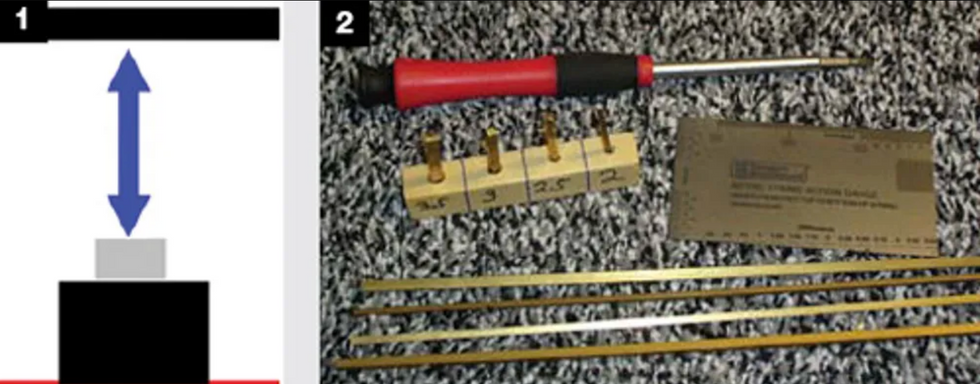
I built myself another little helper for measuring Strat pickup height. I found some precision square brass rods in exactly the heights I needed. I cut off a small piece for each height, and I place the bar on top of the pickup magnets, following the measurements detailed below. Then all I have to do is raise the pickup until the bar touches the string. Better yet, if you can find square rods made out of a magnetic material, the pickup magnet will hold the bar in place.
Finally, you need a screwdriver that matches the head type and size on your pickup-adjustment screws. Get the right kind—flat-head screwdrivers are not made for Phillips screws and vice versa!
Okay, here are the specs I use to set the heights for each Strat pickup. These measurements make a very good starting point for any Strat with standard Strat single-coils:
Bridge pickup
- Low-E string: 2.5 mm/0.0984"
- High-E string: 2.0 mm/0.0787"
Middle pickup
- Low-E string: 3.0 mm/0.1181"
- High-E string: 2.5 mm/0.0984"
Neck pickup
- Low-E string: 3.5 mm/0.1378"
- High-E string: 3.0 mm/0.1181"

Chances are that these heights will work for you right from the start, but it's important to realize these specifications aren't set in stone. Your perfect pickup height depends on the pickups themselves, your strings, and, of course, your playing style, your amp(s) and outboard gear, and personal taste. Some players like the tone of the pickups close to the strings, while others don't.
There are no factory specs, and if you talk to 10 different guitar techs, you'll hear 12 different opinions about it. These specs are based on my experiences and data I've collected over the years working on countless Stratocasters. Surprisingly, these heights seem to work every time.
If you have very powerful single-coils such as Fender's Texas Specials, you should lower the pickup height a tad to avoid having the magnets pull on the strings and interfere with vibration. This causes tuning problems and robs sustain. If you have very weak, vintage-flavored single-coils, you can place them a tad closer to the strings to boost the output a bit. Adjust humbuckers a tad lower than powerful single-coils, as a starting point.
Once you've adjusted all three pickups using the specs in this column, play your guitar for a while with the same amp settings as before to get a first impression of your Strat's new tone. If you're completely satisfied, great. Leave the new settings alone and you're done. If you feel that your Strat sounds better than before, but you still miss that certain something, it's time for some sweet-spotting fun. More about this next month.
[Updated 8/10/21]
